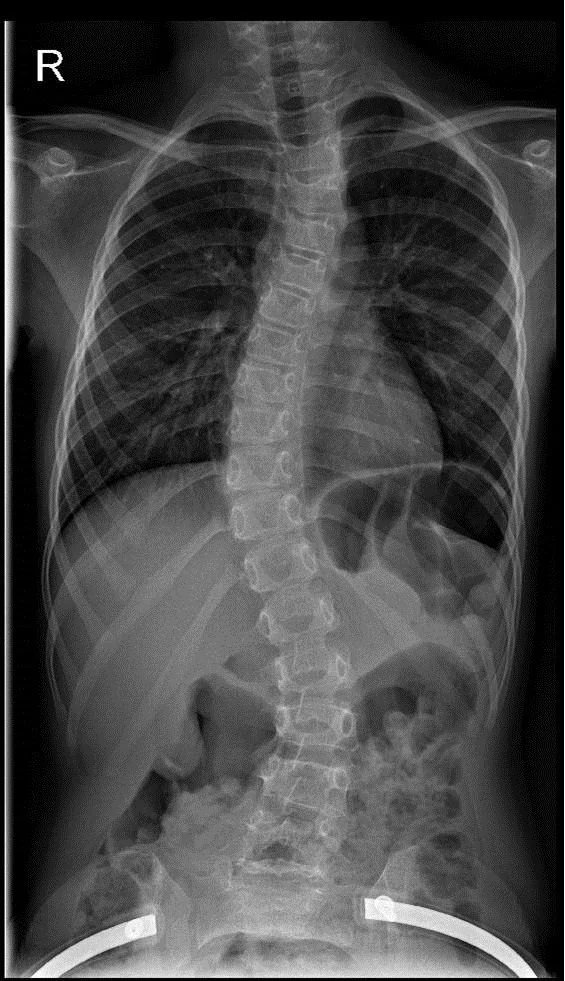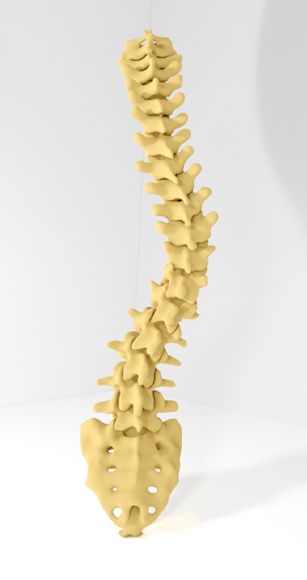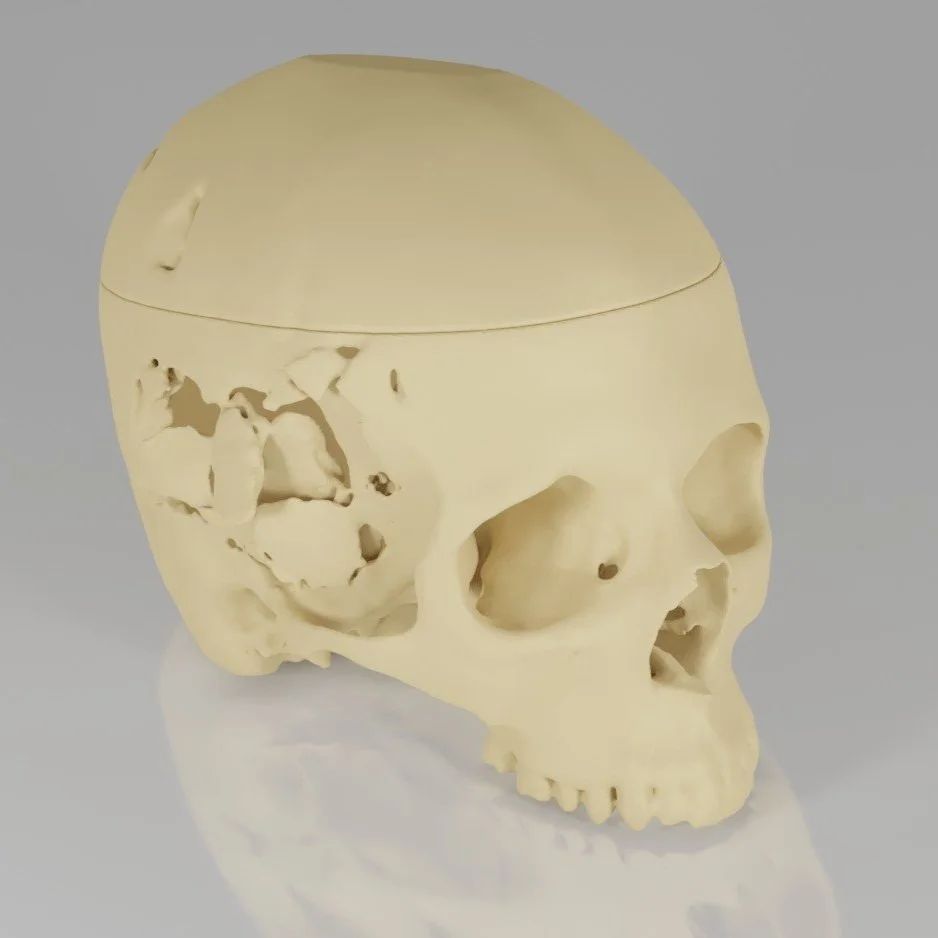
Walking upright again at last

Correction of a spinal curvature caused by scoliosis
Amy is 18 years old and suffers from scoliosis. Today, nothing about her appearance suggests that she has undergone a marathon of medical treatments over several years.
Scoliosis is usually a C- or S-shaped bend in the spine. The degree of curvature of the spine is measured by X-ray or computed tomography. If the curvature is mild, physiotherapy is the typical treatment. If the curvature is greater, a brace is used to try to correct it. In case of very strong curvatures of the spine, surgery has to be decided.
Amy was diagnosed with a scoliosis-related curvature of the spine at the age of seven. However, despite physiotherapy and a brace, no improvement could be brought about. There was also a risk of permanent damage to the vertebral bodies and joint surfaces. "I had severe back pain and could not play with other kids. I felt like an old woman" Amy remembered.
The family consults with various doctors about the possibilities of surgical treatment. The doctors use our service of producing a 1:1 model of the curved spine. Based on Amy's CT data the model helped training different surgical approaches. Using the model, the doctors can determine where corrective aids will be applied to the spine and which areas will remain untouched. "Using the model, we were able to discuss and practice the individual steps as a team even before the procedure. This saved us a lot of time later and prevented some stress situations" said the operating physician.
"For us, it is always a great motivation when we can help young patients on their way to a normal life with as few complaints as possible" explains Dr. Marcel Pfuetzner, Head of R&D at HumanX. The creation of individual spine models to train an operation is one of the company's core tasks.
X-ray of the scoliotic spine
1:1 Modell of the scoliotic spine
More case reports:
3D reconstruction of a cranial fracture
An upcoming operation is not necessarily the only reason for creating a 3D medical model. For the collaboration with city of Halle's medical examiner's office, the reason was the investigation of a murder case.
Augmented reality and 3D printing into liver surgery
A team led by Professor Igor Sauer, Head of Experimental Surgery at Charité, has come a great deal closer to the goal of integrating augmented reality and 3D printing into treatment.





